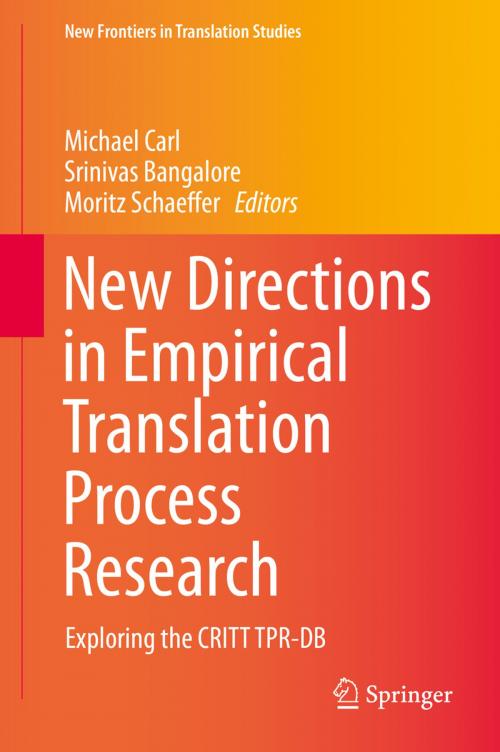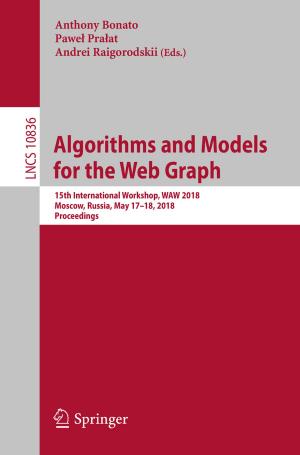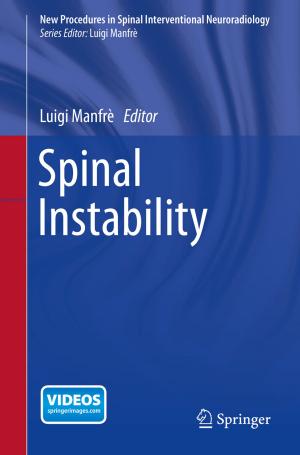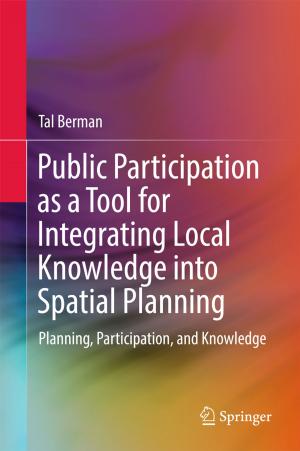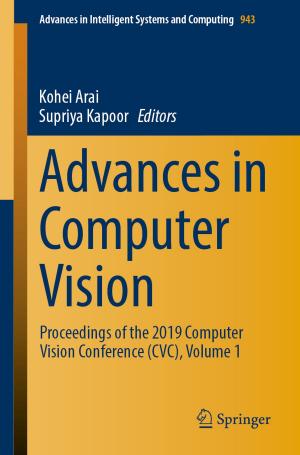New Directions in Empirical Translation Process Research
Exploring the CRITT TPR-DB
Nonfiction, Social & Cultural Studies, Social Science, Statistics, Computers, Advanced Computing, General Computing| Author: | ISBN: | 9783319203584 | |
| Publisher: | Springer International Publishing | Publication: | July 31, 2015 |
| Imprint: | Springer | Language: | English |
| Author: | |
| ISBN: | 9783319203584 |
| Publisher: | Springer International Publishing |
| Publication: | July 31, 2015 |
| Imprint: | Springer |
| Language: | English |
This volume provides a comprehensive introduction to the Translation Process Research Database (TPR-DB), which was compiled by the Centre for Research and Innovation in Translation and Technologies (CRITT). The TPR-DB is a unique resource featuring more than 500 hours of recorded translation process data, augmented with over 200 different rich annotations. Twelve chapters describe the diverse research directions this data can support, including the computational, statistical and psycholinguistic modeling of human translation processes.
In the first chapters of this book, the reader is introduced to the CRITT TPR-DB. This is followed by two main parts, the first of which focuses on usability issues and details of implementing interactive machine translation. It also discusses the use of external resources and translator-information interaction. The second part addresses the cognitive and statistical modeling of human translation processes, including co-activation at the lexical, syntactic and discourse levels, translation literality, and various annotation schemata for the data.
This volume provides a comprehensive introduction to the Translation Process Research Database (TPR-DB), which was compiled by the Centre for Research and Innovation in Translation and Technologies (CRITT). The TPR-DB is a unique resource featuring more than 500 hours of recorded translation process data, augmented with over 200 different rich annotations. Twelve chapters describe the diverse research directions this data can support, including the computational, statistical and psycholinguistic modeling of human translation processes.
In the first chapters of this book, the reader is introduced to the CRITT TPR-DB. This is followed by two main parts, the first of which focuses on usability issues and details of implementing interactive machine translation. It also discusses the use of external resources and translator-information interaction. The second part addresses the cognitive and statistical modeling of human translation processes, including co-activation at the lexical, syntactic and discourse levels, translation literality, and various annotation schemata for the data.
